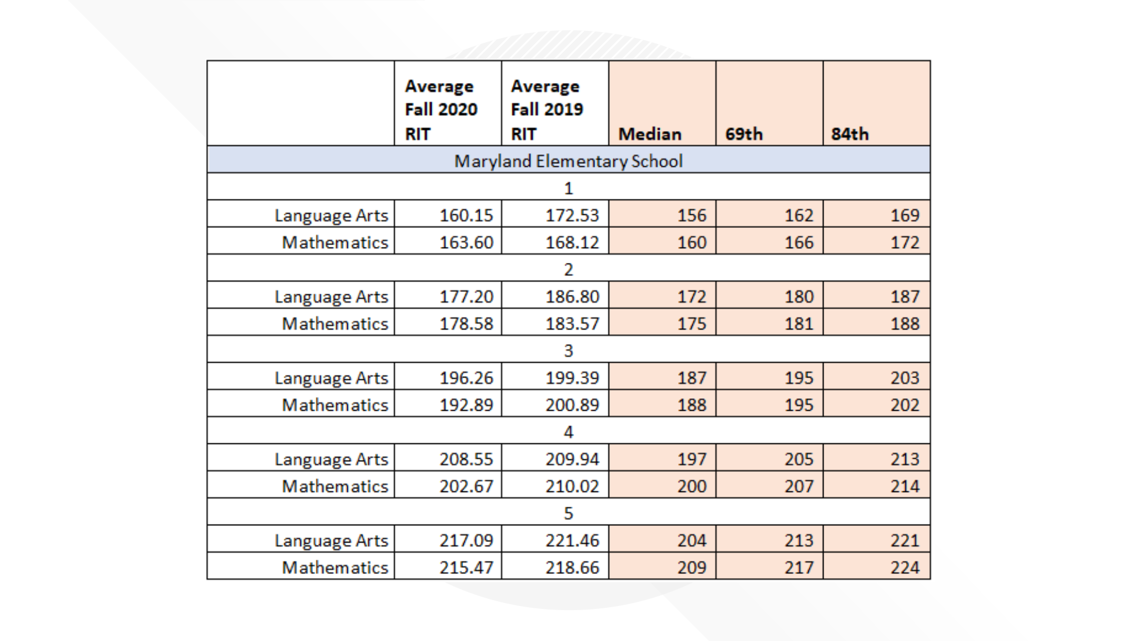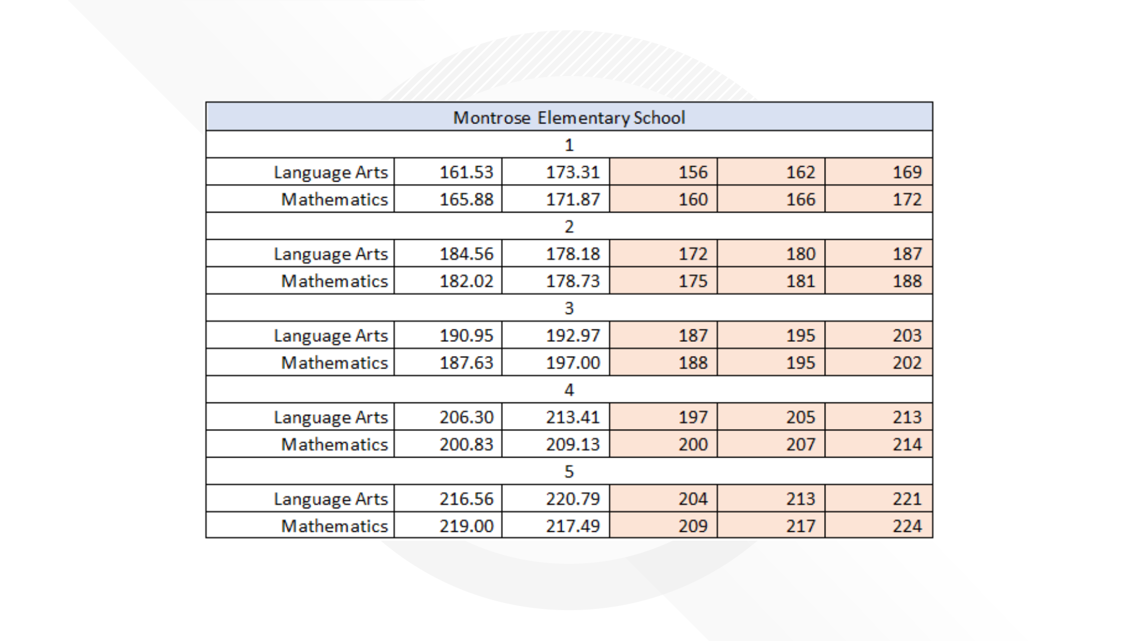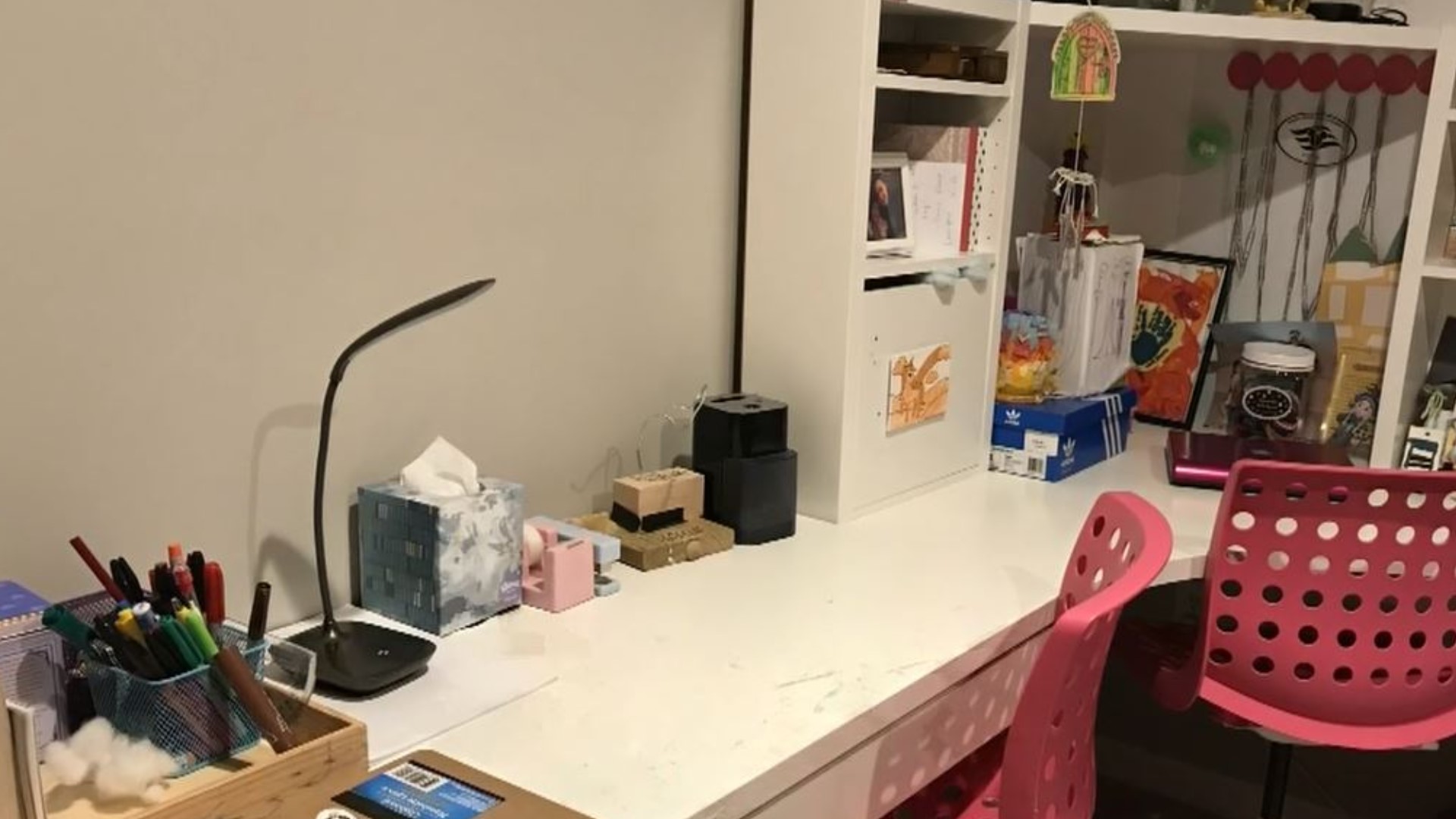COLUMBUS, Ohio — It's been a stressful year for educators and parents as they try to educate children in a COVID-19 world.
“To be honest, my biggest worry is the social and emotional toll on our kids,” said John Marschhausen, Ph.D. Superintendent Hilliard City Schools.
Parents are frustrated by a system they say is not adequately teaching their kids.
“My 13-year-old old - he is doing great. My 6-year-old, yes he is behind,” said Groveport Madison parent Amanda Dreher.
“These formative years of kids not being in school is delaying their development. It's delaying their education," said Dana Rando, who is a Worthington parent
“They are doing their best, but they are still failing. These were not kids that were failing before. These are A and B students and now they are failing,” said Columbus City School parent Kierre Morgan.
Nearly every parent and educator agree that remote learning is no replacement for in-classroom teaching.
“My 6-year-old is only online from 9 a.m. to 11 a.m. and the rest of the day is independent, but he goes to a babysitter and there's no independent when you're with a 6-year-old,” Dreher said.
“Making everyone happy is exceptionally difficult today," Superintendent Marschhausen said.
In Bexley, students are learning remotely--not from their teachers--but from teachers they've never met before through a third-party provider.
“Our kids are getting an education, but it's not what we want for them,” said Daidria Eckels who is a Bexley parent.
She said while her kids aren't falling behind, she's not ready to send them back to class either, even though 90% of the students are in a hybrid classroom.
“The fact is that we don't have this virus under control right now. I don't feel safe as a parent telling them to be their guinea pigs,” she said.
The Ohio Department of Education website states:
"Locally developed remote learning plans should not try to replicate a traditional school day. Rather, they should consist of thoughtful instructional lessons or activities that recognize the continuum of remote learning and strive to maintain the quality provided during normal times."
Is that what's happening in schools?
Are schools are meeting those expectations?
Inside Hilliard Schools, where the district offers both hybrid and remote learning, a recent assessment of 3rd and 8th grade reading test scores shows a slight decline.
“In Hilliard this year our STAR reading assessment shows that we have 2% lower performance of our students than we would in a typical year,” Superintendent Marschhausen said.
Math scores took a bigger fall.
“In our math scores, we see a 9% decline where we normally are,” he said.
Does the district feel that it's meeting the expectations of parents?
“The majority of our parents think we are in the ballpark. We do have parents who think we do too much work and we do have parents who don't think there is enough work,” he said.
South-Western City School District is seeing similar drops in test scores, especially in math from the fall of last year to fall of this year.
“We saw an almost 10%, 9.4 % drop in the math skills,” said Bill Wise, Superintendent of South-Western City School District.
The district, which has over 2,500 hundred students in its virtual learning academy with an attendance rate over 92%, said teaching kids outside the classroom is not ideal.
“It's much harder to meet the expectations when you're in any model other than face to face,” Superintendent Wise said.
In Ohio, 373 school districts are in an all-classroom setting 5-days a week.
Another 197 school districts are in a hybrid model and 37 school districts are 100% remote. These boundaries have created heated debates between what parents and schools believe is the best learning environment for their children. Parents say it doesn't make sense that a neighboring school district allows for in-classroom learning while their child stays at home.
“It's not appropriate, it's not acceptable especially when other school districts are going in full time,” said Worthington Parent Dana Randol.
Bexley test scores show small improvements from the fall of last year to this year for its elementary school students.






The district said 90% of its students are learning in a hybrid model. About 5% (128 students) have enrolled in its distance e-learning program, and less than 2% have enrolled in a private or charter school.
As the debate goes on over what is the best way to educate children during a time when COVID-19 cases continue to climb, educators also wonder what is an "acceptable risk” to get kids back in class where many believe they belong.
“When we talk to pediatricians, when we talk to our mental health professionals, when we talk to our counselors - my concern is where is the balance? Between the social and emotional situations that we are dealing with and the risk of contracting COVID-19,” Superintendent Marschhausen said.

